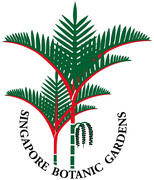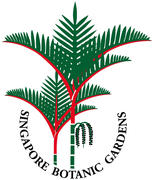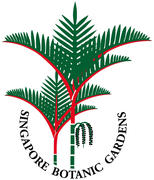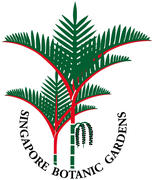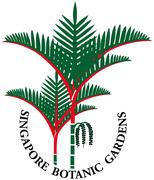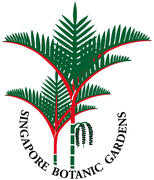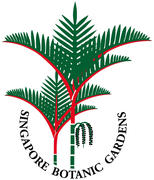The diagnostic characters for recognizing Dinetus are: herbaceous habit; flower buds glabrous except for an apical tuft of hairs; an ellipsoidal, entire to emarginate stigma; fruiting sepals with multiple, parallel longitudinal veins; the calyx reflexed from the utricle at maturity, or fruit sepals strongly concave and enclosing the utricle.
Two informal species groups are clearly recognizable with a single species having intermediate characteristics. The ‘Dinetus’ group (Fig. 8) is recognizable by its small flowers (< 1 cm long) with white corollas and by the fruiting calyces with 5 flat, equally accrescent sepals that are reflexed at maturity. Additional characters distinguishing the ‘Dinetus’ group include the presence of stellate hairs (in some species), flowering sepals equal, slightly connate at the base and valvate in aestivation, sagittate-hastate anthers with diverging bases, and usually 5 or 7 veins at the base of the fruiting sepals.
The 5 species comprising the ‘Dinetus’ species group are separable inter se primarily by characters of the fruiting calyx and utricle. Variation in the sepal shape, size, coloration, utricle shape, degree of separation between the pericarp and the single seed, and the coloration and pubescence of the utricle are taxonomically informative. Floral characters are useful only to distinguish D. dinetoides from the other members of the group. The flowers of D. rhombicarpus are unknown and those of D. truncatus insufficiently known. It is likely that some of the flowering material herein assigned to Dinetus racemosus is misidentified, and actually represents the other three species, D. malabaricus, D. rhombicarpus and D. truncatus. Further study is needed, using plants raised in cultivation from seed of known identity, to establish what, if any, floral morphological differences exist between these four species.
The second species group, consisting of D. duclouxii and D. grandiflorus, has larger flowers (2.2–4 cm long) with corollas of various colors, but only rarely white. The fruiting sepals are unequally enlarged, concave, and loosely enclose the utricle. The flowering sepals are equal or unequal, free and quincuncial in aestivation, the anthers linear, and the fruiting sepals with 7, 9 or 11 veins at the base. I refer to this pair informally as the ‘Dinetopsis’ group (Fig. 9).
The intermediate species, Dinetus decorus, has a suite of characters that bridges the gap between the two groups, including: a rose pink corolla 1.7–2.3 cm long; flowering sepals equal, basally connate, and valvate in aestivation; anthers hastate with diverging bases; and fruit sepals that are flat, equally enlarged, with 5 veins at the base, but which loosely enclose the utricle. Purely for convenience I have decided to include this species in the ‘Dinetopsis’ group, because the easily visible morphological characters (large, colored corolla and enclosing fruiting sepals) are like those of the ‘Dinetopsis’ group. Pollen morphology also supports this placement, because the grains of all 3 species assigned to the ‘Dinetopsis’ group are oblate spheroidal and more coarsely granular on the surface than those of the ‘Dinetus’ group, which are finely psilate but not granular. Further study of the infrageneric relationships is needed.


